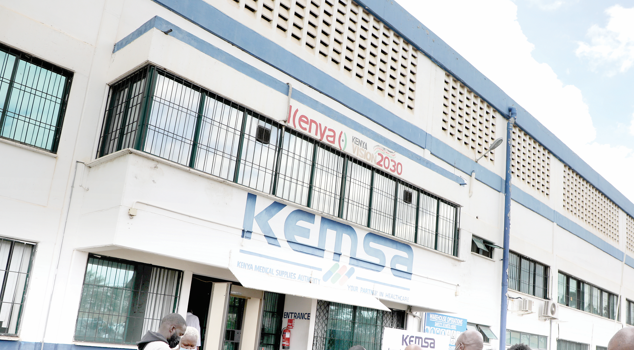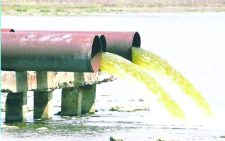School milk has increased enrolment, survey shows
Wycliff Kipsang @wsang08
Seven counties that have a school milk programme have recorded a significant increase in enrollment in more than 2,000 schools, according to a recent survey.
The survey that was conducted with the collaboration of Kenya Dairy Board, Tetra Pak and USAID shows that Nairobi County recorded the highest increase in enrollment by 55 per cent, Mombasa by 25 per cent, Meru by 20 per cent and Embu by 14 per cent.
Through the programme, counties have partnered with processors such as New KCC, Brookside Dairy Ltd, Meru Dairy Cooperative Union and Githunguri Dairies.
The objectives of the initiative include tackling malnutrition, increasing school enrollment rates and providing farmers with a ready market for their milk.
Other counties that have rolled out the programme include Nyandarua, Kilifi and Murang’a.
Some 263,000 Early Childhood Development Education pupils benefit from the programme in the three counties.
Kenya Dairy Board chairman Anthony Mutugi said the programme is a boost to the education and agriculture sectors.
“Besides the programme providing nutrition to pupils, it is a source of income to parents who are then able to pay school fees,” he said.
According to the board, Mombasa County was the first to adopt the programme in 2014 and is currently issuing milk to more than 35,000 pupils in public nursery and lower classes every school day.
The project supports 2,000 schools in the seven counties where processors supply ultra heat treated (UHT) milk which has a shelf life of over six months.
Each pupil is given a 200ml packet of milk for a number of days in a week.
Communications manager at Tetra Pak Africa Stella Ondimu says the milk is packaged using a simple but effective technique.
“As long as it’s not opened, the packaging preserves the contents for up to six months, even if you don’t keep it in a refrigerator,” she said.
Kenya Dairy Farmers Federation chief executive Gideon Birgen is urging more counties to join the initiative.
“We have a lot of milk which this programme can absorb,” Birgen told People Daily in an interview.
Kenya has a dairy herd population of about 3.5 million with an estimated annual milk production of five billion litres.
The first school milk programme started by President Daniel arap Moi in 1979 covered 4.3 million pupils in 11,000 public primary schools across the country. It ran for nearly two decades.
According to the World Food Programme, malnutrition levels are at 29 per cent for children in rural areas while 20 per cent of those living in cities are stunted.
UNESCO report indicates that the school enrollment rates remain a challenge at 75 per cent.












